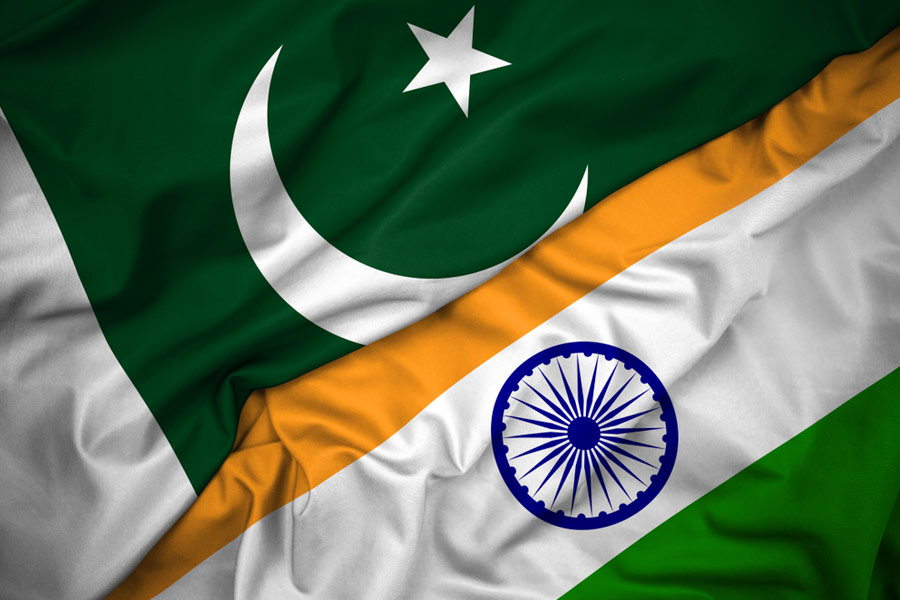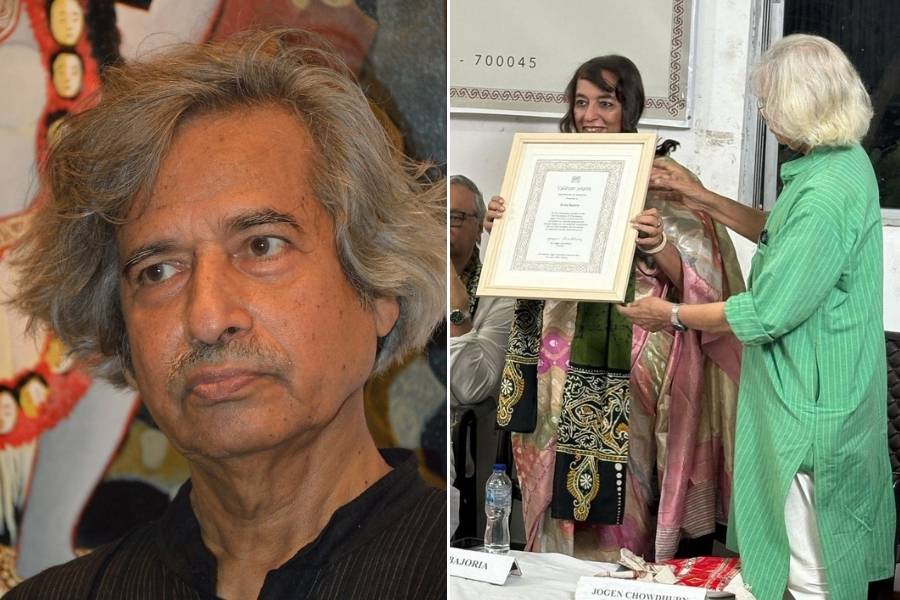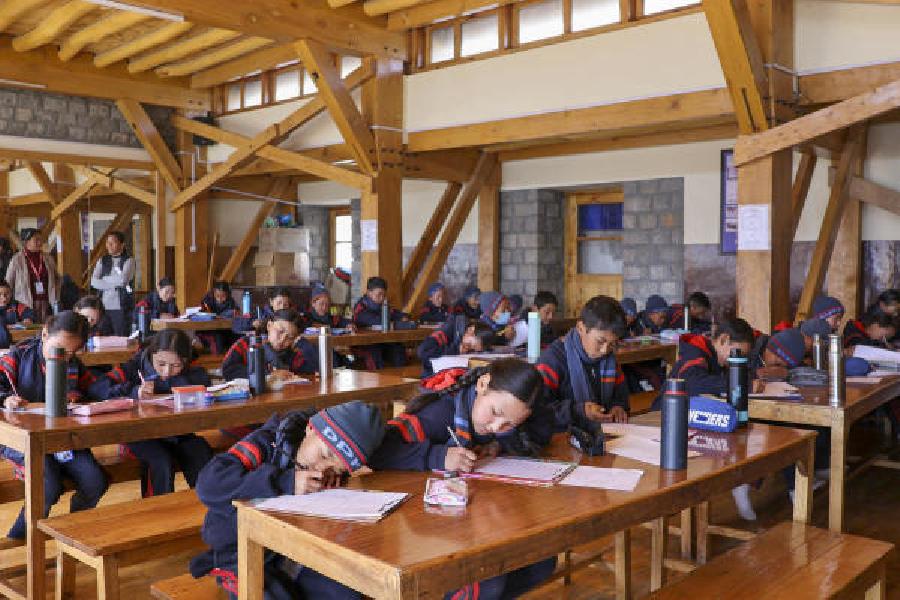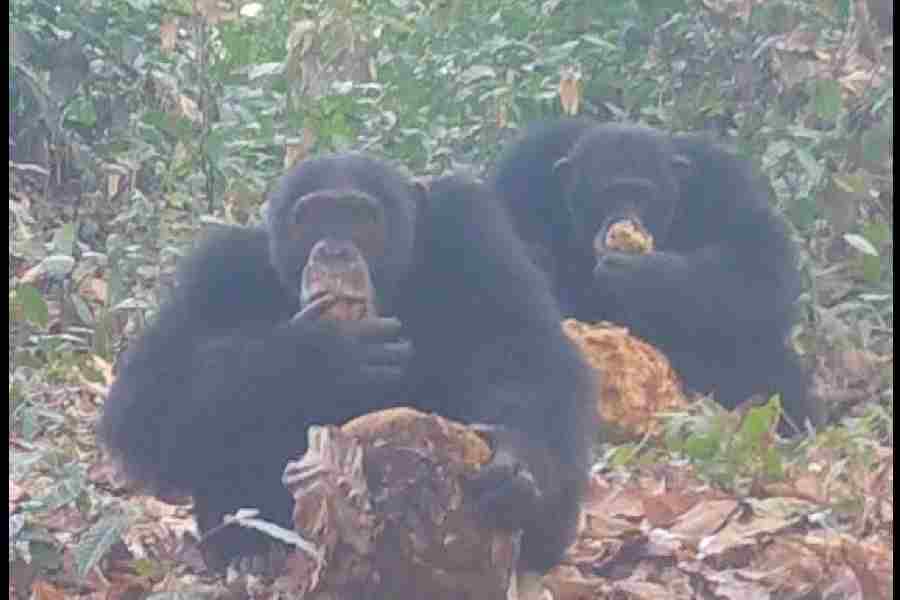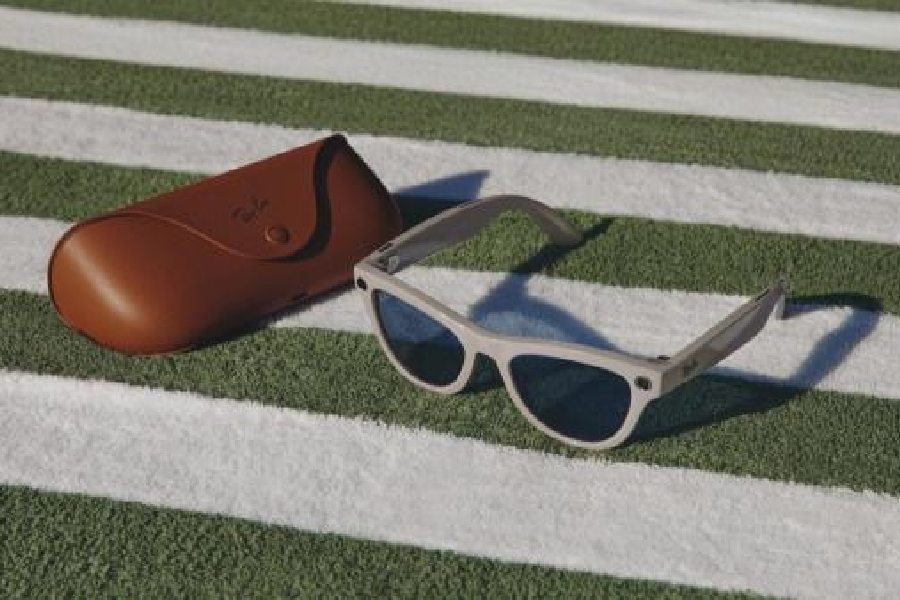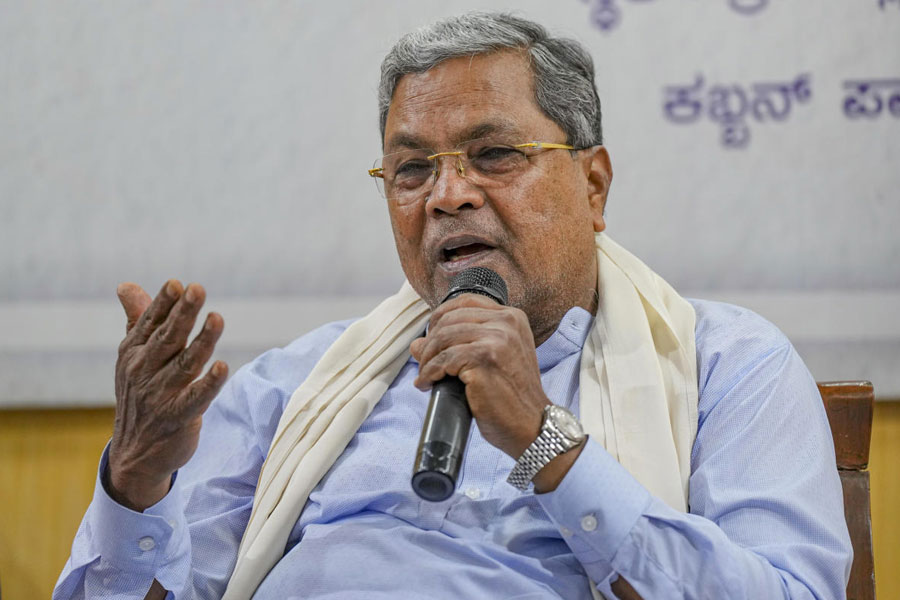 |
| Tai youths display their traditional dresses at an exhibition on Sunday. Picture by Rajiv Konwar |
Sept. 30: Youths wearing traditional attire today stepped onto the stage at Shilpgram to exhibit the richness of different Tai communities living in Assam and in other Southeast Asian countries.
The youths participated in an exhibition organised by the Tai Ahom Development Council to showcase the traditional dresses of different Tai communities.
Nibha Konwar, wife of Bihar governor Devananda Konwar, inaugurated the exhibition.
The traditional dresses displayed at the event were from Tai Ahom, Tai Khamti, Tai Aiton, Tai Phake, Tai-Khamyang, Tai Turung, Tai Mao, Tai Lue, Tai Nue, Tai Shan, Tai Vietnam and Tai Thailand.
Photographs of dresses from different Tai communities, used during the medieval period in the Southeast Asian countries, were also exhibited at the event.
The organisers said dresses were imported from China, Vietnam and Thailand to be displayed in the exhibition.
A sample of the royal court, where the swargedeos (kings) and his ministers gathered to discuss administrative issues, received a hearty applause from the audience.
The king, clad in royal attire, and flanked by ministers on both sides being guarded by alert bodyguards, reminded the audience of the royal court of the Ahoms who ruled the state for six centuries.
President of the council Jogen Phukan, the director of the department of welfare of plain tribes and backward classes, Rohila Brahma, and Sukapha Samannay Khetra vice-president Biren Gohain were present at the event.
A discussion on the attires of different Tai communities was also organised.
“Through the exhibition we are trying to bring out the tradition of different Tai groups, especially the Tai Ahoms. Earlier, we organised an exhibition on Tai food and recipes,” Phukan said.
He said since its formation two years ago, the council has been focused on giving financial assistance to poor meritorious students, creating self-help groups in the rural areas and were involved in other development activities.
“The state government has given us Rs 3.4 crore in the last financial year. Although the amount is not enough to take up multiple activities, we are trying our best to work for the people,” Phukan said.
“It was a nice experience to see the exhibition. Dresses of these communities should be preserved with care at a place like Assam Tai Museum to give people an idea of the Tai communities. Youths in traditional dresses from different Tai communities and the royal court were the major attractions of the event,” Anuj Gogoi, a spectator, said.


